What Are The Techniques Used In Generative AI?
4.9 out of 5 based on 9587 votesLast updated on 21st Nov 2024 18.7K Views
- Bookmark

Generative AI uses advanced techniques to create new data, each suited for specific generation tasks and applications.
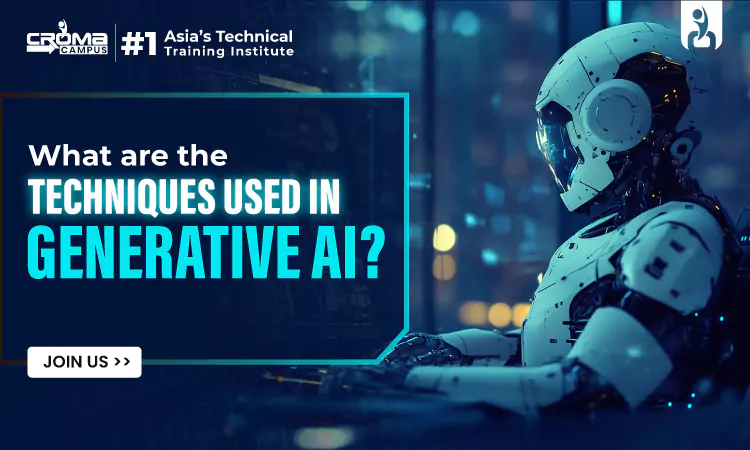
Introduction
Generative AI refers to advanced artificial intelligence systems designed to create new content such as text, images, audio, and even videos. Unlike traditional AI that analyses and recognizes patterns, generative AI produces original outputs by learning from vast datasets. Its applications span numerous industries, including entertainment, healthcare, marketing, and design, offering innovative solutions for content creation, automation, and personalization. The rise of generative AI is reshaping how businesses and individuals interact with technology. Refer to the Best Artificial Intelligence Course in Delhi to learn more about Generative AI.
All About Generative AI
Generative AI refers to systems that create content—text, images, audio, video, or even software code—by learning from patterns in data. It leverages models like Generative Adversarial Networks (GANs), Variational Autoencoders (VAEs), and large language models, such as GPT (Generative Pre-trained Transformer). Unlike traditional AI, which relies on recognizing and analysing data, generative AI builds new content by mimicking the style and structure of its training inputs.
Generative AI has transformative applications across industries. In entertainment, it helps create realistic video game characters and film scenes. In healthcare, it supports drug discovery by generating new molecular structures. Businesses use it to automate content creation, enhance product designs, and improve customer service with AI-driven chatbots.
While powerful, generative AI also brings ethical challenges, such as deepfake content and concerns about intellectual property. With ongoing advances, it continues to reshape creative, industrial, and analytical fields, pushing the boundaries of AI’s capabilities. Check the Generative AI Online Course for more information.
Features Of Generative AI
- Content Creation: Generates text, images, audio, and video, supporting creative tasks and automating media production.
- Data Augmentation: Produces synthetic data for training machine learning models, improving performance and diversity.
- Personalization: Customizes content and recommendations for users in real-time, enhancing user engagement.
- Conversational Abilities: Powers chatbots and virtual assistants, enabling interactive and responsive customer service.
- Design and Prototyping: Assists in creating prototypes and designs, valuable in industries like fashion, architecture, and product development.
- Predictive Analytics: Enhances forecasting by generating potential scenarios, aiding in strategic planning and decision-making.
Generative AI's versatility is shaping multiple industries and applications.
Also Read This:
Artificial Intelligence Interview Questions
Techniques Used in Generative AI
Generative AI relies on several advanced techniques to create and simulate new data, with each technique suited to different types of generation tasks. One can check Artificial Intelligence Online Training to learn more about the techniques used in Generative AI.
The most prominent techniques include:
1. Generative Adversarial Networks (GANs)
GANs, introduced by Ian Goodfellow in 2014, consist of two neural networks, a generator and a discriminator, that compete to create realistic outputs. The generator attempts to create data similar to the training data, while the discriminator evaluates its authenticity. Over time, this "adversarial" process helps the generator produce highly realistic outputs. GANs are widely used for image generation, deepfake videos, and other visual content.
2. Variational Autoencoders (VAEs)
VAEs are another popular generative model used mainly for image and video generation. They work by encoding input data into a compressed, low-dimensional latent space and then decoding it back to the original or a modified format. This process enables VAEs to capture complex data distributions and generate new samples by sampling within the latent space. VAEs are often used for creating realistic images, transforming images (such as converting sketches into detailed images), and anomaly detection. Check the Artificial Intelligence Training in Gurgaon for more information.
3. Transformer-based Models
Transformer-based models, such as GPT (Generative Pre-trained Transformer), are extensively used for generating text and language-based outputs. Transformers use self-attention mechanisms to capture relationships within data sequences, making them ideal for language generation, translation, summarization, and even code generation. They are pretrained on large datasets and fine-tuned for specific tasks, making them highly adaptable across applications.
4. Diffusion Models
Diffusion models have recently gained attention for their ability to generate high-quality images. They work by starting with random noise and iteratively denoising it to produce a coherent image. Diffusion models have shown promising results in generating high-resolution, diverse images, and are useful in fields like image synthesis and graphics. Aspiring professionals can check the Generative AI Tutorial to learn more.
Each of these techniques has unique strengths, allowing generative AI to create a wide range of outputs, from realistic visual content to sophisticated language models, effectively reshaping creative and industrial workflows.
Why Is Generative AI Important?
Generative AI is transforming industries by enabling the creation of new, innovative content and solutions across diverse fields.
Enhances Creativity and Innovation
Generative AI provides tools for artists, designers, and content creators to explore new ideas, generate original content, and design products faster. It supports innovation across industries by generating prototypes, conceptual models, and designs.
Automates Content Creation
Generative AI automates repetitive or labour-intensive content creation tasks, such as writing, image creation, and video editing. This enables businesses to produce high volumes of content efficiently, reducing costs and time.
Advances Healthcare and Drug Discovery
In healthcare, Generative AI models can design new drug molecules, predict protein structures, and simulate potential medical treatments. This accelerates drug discovery and personalized medicine, improving patient outcomes.
Improves Personalization
By generating custom recommendations and personalized content, generative AI enhances user experience. It helps businesses tailor content to individual preferences, leading to higher engagement and customer satisfaction.
Enables Training and Simulation
Generative AI creates realistic simulations and synthetic data for training machine learning models, allowing for more robust model training without relying solely on real-world data. This is crucial in areas like autonomous vehicles and virtual training environments.
Boosts Efficiency in Industries
The Primary Goal of Generative AI model is to help in creating efficient workflows, such as by generating engineering designs, financial forecasts, and product iterations. This results in faster, cost-effective processes and supports complex decision-making.
Addresses Ethical and Societal Challenges
Generative AI assists in tasks like detecting misinformation and producing countermeasures against deepfakes. Its role in identifying malicious uses of AI-generated content is essential for addressing ethical challenges.
Generative AI is transformative, driving creativity, efficiency, and innovation across sectors. Its applications continue to grow, impacting industries from media to medicine.
Conclusion
In summary, generative AI is revolutionizing industries by enhancing creative capabilities, accelerating research, and enabling personalized experiences. Its innovative potential spans fields from media to healthcare, driving efficiency and innovation. As advancements continue, generative AI will play an increasingly vital role in shaping the future of technology and society.
Subscribe For Free Demo
Free Demo for Corporate & Online Trainings.
Your email address will not be published. Required fields are marked *

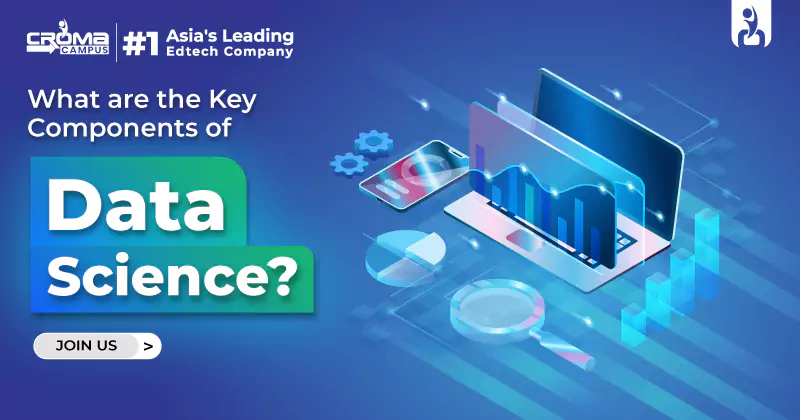


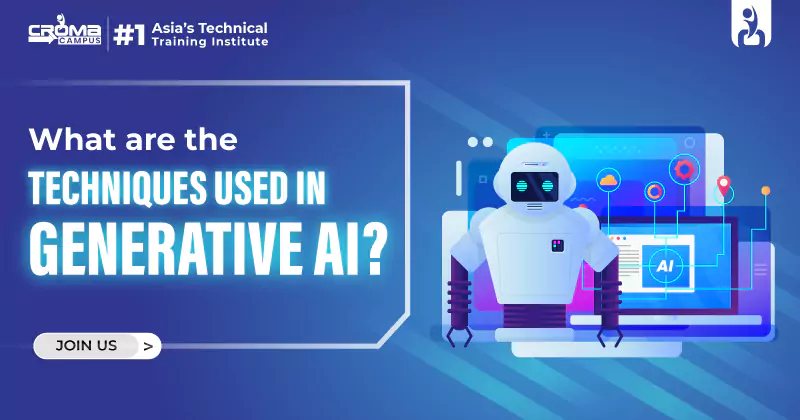

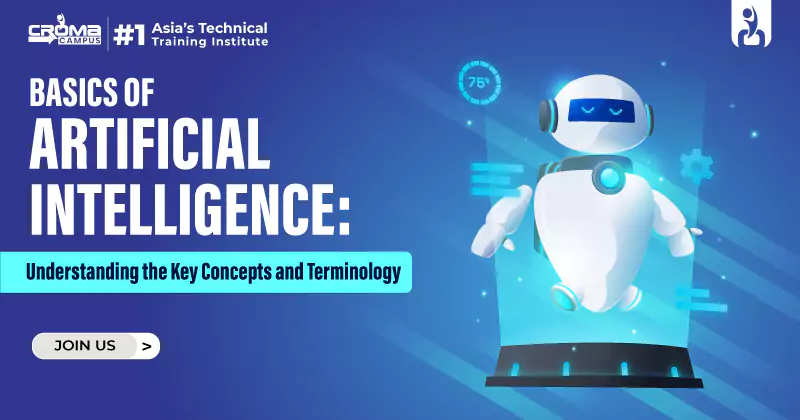
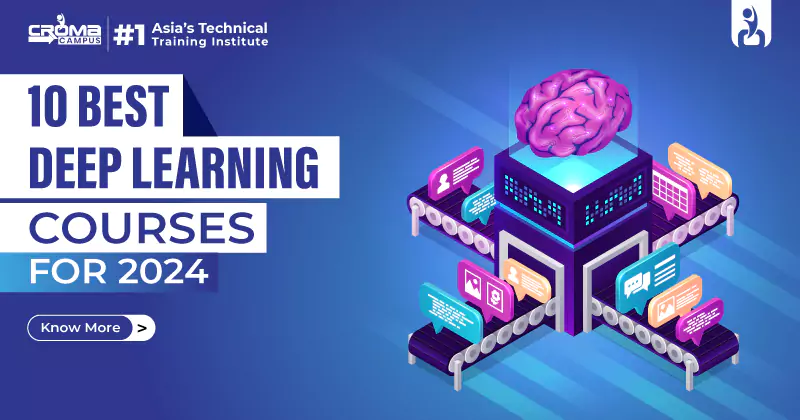

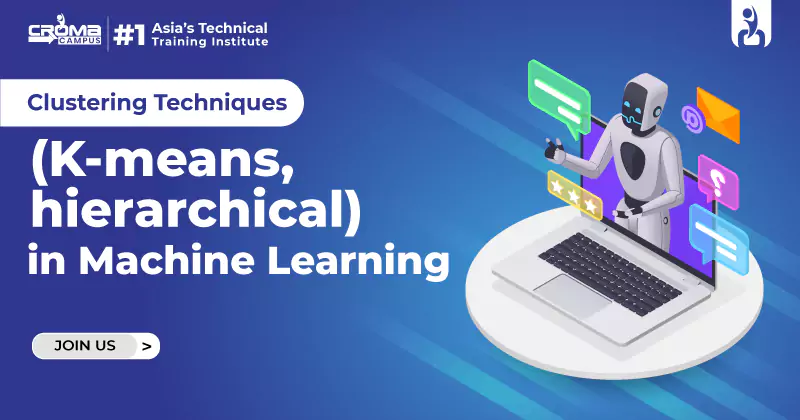
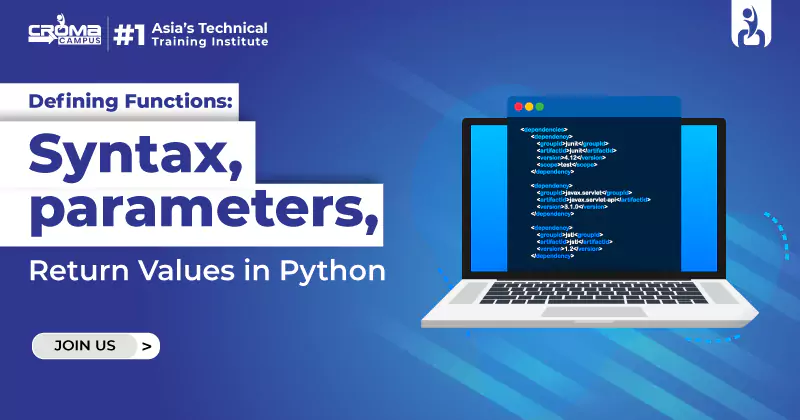










 Master in Cloud Computing Training
Master in Cloud Computing Training